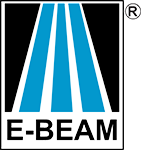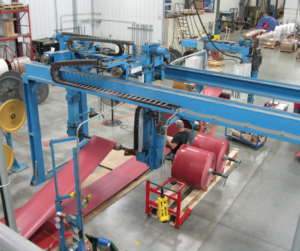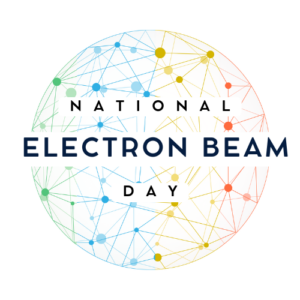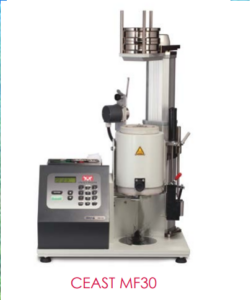To claim your product is sterile after e-beam treatment, you must perform several validation steps, as regulated by ISO 11137. This validation process is comparable to that of gamma sterilization and it is simpler than the process for ETO sterilization. If you do not have a microbiology lab in-house, you will need to partner with one such as NAMSA, Nelson Labs, LexaMed or Wuxi Apptex to perform the microbiological testing. Often a lab will also offer services such as writing a protocol for the validation and/ or consulting in the overall product validation process.
1) Preliminary Assessment
The first step, a preliminary assessment, will result in a minimum internal dose for your product. In this step the untreated biological load of your product is determined by the micro lab. This determination is often broken up into multiple lab services, including initial bioburden determination and bioburden recovery validation. Ten samples from three lots are required if you are using the most common validation method, VDMax. A few more samples (about 3) are required for the bioburden recovery validation.
2) Material Compatibility Testing
The next step is to confirm that the materials in your product are compatible with e-beam treatment. This will require a few sets of samples which E-BEAM will dose to different levels. Then we will send them back for you to test and determine the maximum dose that can be tolerated. See the blog entry “How do I know if my health care product is compatible with e-beam radiation?” to learn more about this.
3) Dose map
Dose map testing is done to find out the dose distribution within a case of product for a given surface dose. This information allows us to achieve the minimum and maximum internal doses (determined in step 1 and 2) based on a single surface dose. This study is $1800 and can be run concurrently with other testing. The entry “What is the cost to determine whether e-beam can sterilize my medical device?” discusses our dosemap process in more detail.
4) Dose Audit (aka Dose Verification Study)
In this test, the efficacy of the minimum dose from step 1 is verified. E-BEAM will deliver a “sub-lethal” dose to a number of units of product. This dose is less than the minimum dose for sterility at the determined bioburden level. The micro lab then tests the samples to confirm that no more than 2 units out of 100 fail. The cost for E-BEAM’s part of this test is $1200.
5) Preparation of a Process Specification
After all this testing is complete, E-BEAM will prepare a process specification for your product. The verified minimum internal dose requirement and maximum dose are combined with dosemap results to determine the release dose. During routine processing, if the surface dose reads at or above the release dose, we know that the required internal dose has been reached.
People often ask me how long it will take to go through this whole validation process. Working with both us and a micro lab of your choice, you can expect a timeframe of 7 to 11 weeks from start to finish. In this brief overview I’ve included only a short description of each step. Give us a call today to discuss the process further and find out how easy it is to get your product validated!




